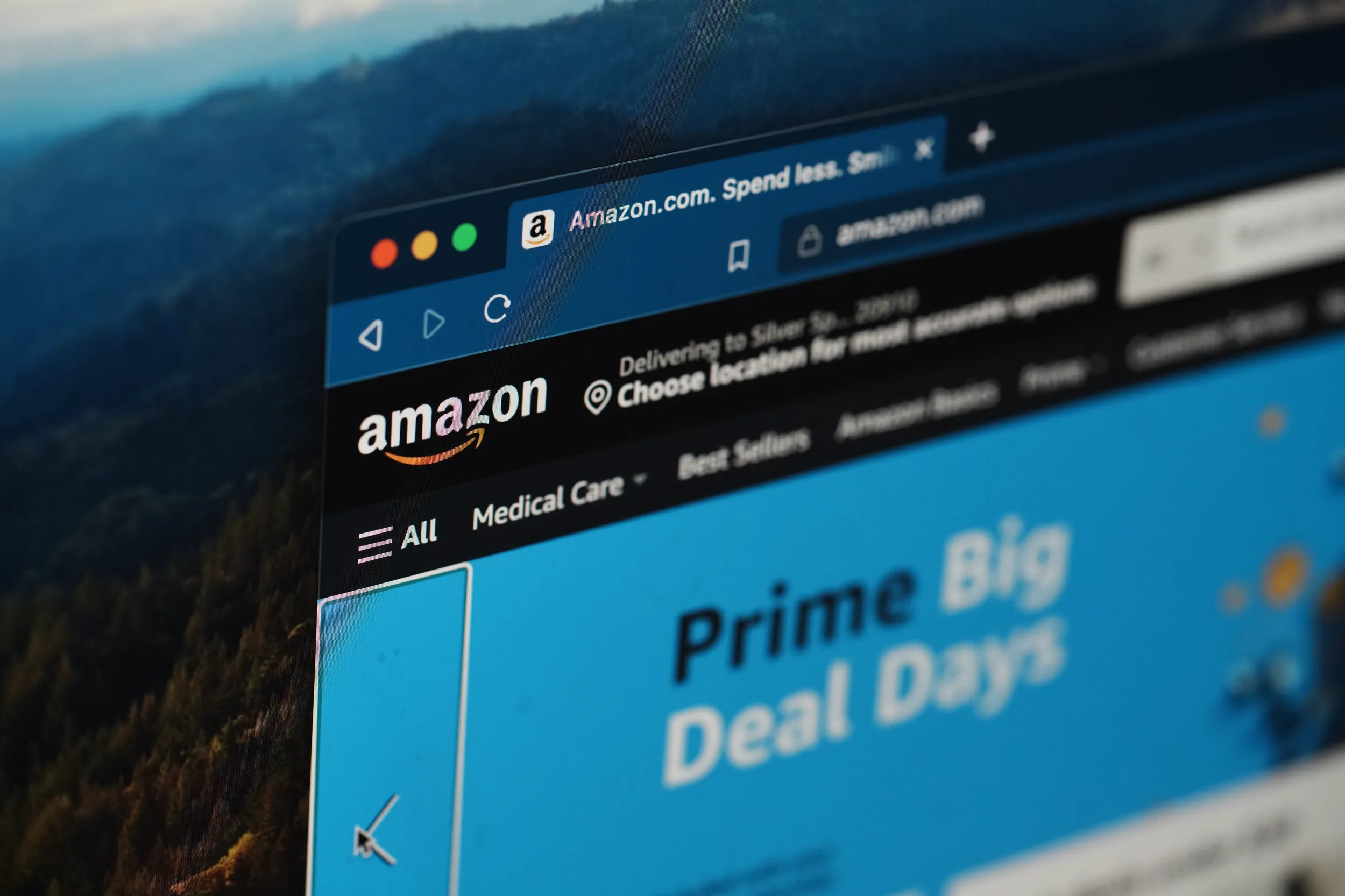The Curse of Tradeoffs: Neo-Brandeisians vs. Consumers

Neo-Brandeisians seek to replace the longstanding objective and principles-based framework of the consumer welfare standard in antitrust enforcement with an amorphous, process-based framework guided by an ethos one Neo-Brandeisian described as: “Big is bad. Just don’t let big firms merge. The end.” A movement dedicated to replacing a consumer welfare-maximizing approach with an assortment of competing goals has proven unable to offer a quantified, systematic cost-benefit analysis justifying such a radical change, instead relying upon anecdotal evidence and moving prose. The many goals of the Neo-Brandeisian approach are often rhetorically appealing, but the rhetoric hides a simple truth: When you target every variable, you effectively target none. Addressing a wide range of goals through antitrust policy requires de-emphasizing consumer welfare, creating fundamental tradeoffs expected to harm consumers relative to the status quo.
The willingness to sacrifice consumer welfare in order to achieve other ends is a defining characteristic of Neo-Brandeisian antitrust. This is illustrated by concrete Neo-Brandeisian critiques, which typically emphasize perceived harms to businesses rather than harms to consumers. For example, the Neo-Brandeisian activist group American Economic Liberties Project (AELP) published a pair of policy briefs on May 3 that criticize online service operators for a litany of purported inconveniences to businesses over a combined 22 pages, but struggle to quantify any harms to ordinary consumers and users. Those few purported harms to consumers that AELP raised are distinctly qualitative rather than quantitative, consistent with the broader reluctance of prominent Neo-Brandeisian thinkers to conduct a rigorous quantitative cost-benefit analysis of their antitrust policy prescriptions relative to the consumer welfare standard.
The Consumer Welfare Standard Framework
Since the late 1970s, U.S. antitrust policy and enforcement decisions have been guided by lawyers, technocrats, and economists applying the consumer welfare standard, an objective and systematic decision-making framework that considers a single criterion: does a business practice or a merger or acquisition transaction harm consumers? According to the consumer welfare standard decision framework, if consumers are harmed, the business practice or transaction should be blocked; otherwise, it should not be impeded by the state. The consumer welfare standard is responsive to expected changes in the price, quantity, and quality of goods or services offered to consumers based on empirical evidence arising from actual market outcomes as well as economic theory as represented in models of competition and industrial organization.
The straightforwardness of the consumer welfare standard relies upon a simple assumption: If a producer does not lower output, raise prices, or reduce the quality of goods or services provided relative to the baseline, then consumers’ material interests are not harmed. These factors align well with widely applied economic models of competition, market structure, and industrial organization, which predict that a producer firm that faces a decrease in competitive pressures would rationally maximize profits by lowering output and raising prices, or less commonly by cutting corners on quality to reduce costs.
As larger firms can often achieve economies of scale, reducing the average cost of production as the quantity of output increases, as well as economies of scope, reducing the average cost of production as the variety of related goods and services increases, the consumer welfare standard expects that mergers and acquisitions will benefit consumers until and unless consolidation allows the combined entity to raise prices or reduce quality without an expectation of market entry by a new competitor. Even in cases where actual competition is limited, many markets would be expected to be contestable, and thus behave like competitive markets, provided that barriers to entry and sunk costs are low. In other works, potential competition from opportunistic entrants in response to increase in price by the combined entity is often sufficient to discipline the combined entity.
The consumer welfare standard is responsive to empirical evidence and precedent and does not accept uncritically claims that a combined entity will reduce prices, increase output quantity, or enhance output quality. If a merger or acquisition transaction in a market fails to lead to expected consumer welfare enhancements, and especially if it leads to price increases, parties to future transactions in adjacent markets must explain why their combination will produce the expected consumer welfare enhancements in light of the evidence from the prior transaction.
The Neo-Brandeisian Framework
In recent years, some antitrust activists critical of the consumer welfare standard have claimed that large firms are inherently anticompetitive. These activists adopted the moniker “the New Brandeis Movement” in reference to early 20th century jurist Louis Brandeis, whose skepticism toward large firms and organizations of any sort was encapsulated in his phrase the “curse of bigness.” While the Neo-Brandeisians are far from monolithic, their worldview is guided by the shared belief that large firms are inherently suspect, and the shared critiques that the consumer welfare standard over-emphasizes the interests of consumers and errs in allowing too many mergers and acquisitions to proceed. A prominent Neo-Brandeisian implicitly acknowledged the Neo-Brandeisian antitrust decision framework as being more unified in criticism of the status quo than in agreement on a preferred replacement, summarizing the framework with reference to a diverse array of competing goals: “potential harms to competition [from mergers and acquisitions] are not cognizable if we assess competition primarily through price and output” and competition assessments should also seek to protect against, inter alia, “lower income and wages for employees, lower rates of new business creation, lower rates of local ownership, and outsized political and economic control in the hands of a few.”
While such language is rhetorically powerful, the rhetoric ignores a simple tradeoff: When you pursue every goal, you effectively pursue none. An antitrust decision framework with a large and potentially unbounded number of goals, each potentially trading off against the others, enables tendentious reasoning, facilitates arbitrary and capricious decisions, and eliminates legal certainty. Moreover, the additional variables add little evidentiary value: It is implausible that any true anticompetitive effect exists in the absence of increases in price or decreases in output or quality, the factors already considered under the consumer welfare standard.
The nebulous objectives of the Neo-Brandeisian framework reflect both the diverse, competing priorities of the Neo-Brandeisians and the scarce evidence for concrete problems under the consumer welfare standard in need of a solution. While Neo-Brandeisians cite decontextualized anecdotes of individual mergers and acquisitions that failed to generate expected price improvements for consumers to justify their calls for change, these critiques lack persuasive systematic evidence. Indeed, if such evidence were systematic and persuasive, it would be incorporated under the consumer welfare standard and would lead to increased rejections of mergers and acquisitions. Moreover, if Neo-Brandeisians truly believed that the consumer welfare standard systematically fails to protect consumer interests, and thus fails to achieve its own objective, their policy prescriptions would rationally focus more on low-hanging fruit, such as funding increases for the DOJ and FTC in conjunction with mandates for increased data collection and more frequent retrospective analysis of transactions. These relatively light political lifts would ensure the availability of objective quantitative evidence for future antitrust litigation.
Instead of focusing on producing evidence to win under the current framework, Neo-Brandeisians revealingly focus their policy prescriptions on changing the rules of the antitrust game to reduce the importance of consumer welfare to antitrust policy and enforcement decisions. The natural conclusion is that Neo-Brandeisians believe reductions in consumer welfare can be acceptable tradeoffs to achieve other political, cultural, and aesthetic objectives.
This insight is important because Neo-Brandeisians generally do not reject the conclusion that larger firms can benefit from economies of scale and scope. Indeed, Neo-Brandeisians often point to expected economies of scale as a cause for concern regarding mergers and acquisitions because combined entities may be able to lower prices and outcompete some other incumbent firms. This demonstrates that the implementation of Neo-Brandeisian policy prescriptions would likely burden consumers with higher prices and reduced output and/or quality in exchange for some mix of Neo-Brandeisian priorities, such as smaller firm sizes and a larger number of total firms.
The Neo-Brandeisian Critiques of Tech Firms Are Mostly Catch-22s Resulting from Tradeoffs Inherent to Design Choices
Neo-Brandeisian activist groups such as AELP have targeted so-called “big tech” firms with particular ire, including publishing a pair of policy briefs on May 3 that assert wide-ranging qualitative critiques of large online service providers. Tellingly, however, despite dozens of size-related modifiers sprinkled across the critiques, size is orthogonal to the central critique in each example. The critiques instead center on the tradeoffs inherent to design choices, particularly for any online service designed to display user-generated content. The critiques amount to a Catch-22: no matter what design choice an online service makes, it faces criticism for the tradeoffs inherent to such a service. It wouldn’t matter if the online service has a million users or a billion users, as the tradeoffs will follow the same general pattern regardless of scale or scope; likewise, it wouldn’t matter if there were a single such online service provider or a hundred, as each one would face the same unavoidable tradeoffs.
For example, AELP criticized search engines for showing brief snippet previews of web page contents, referring to such previews as “stolen” content. However, users would find search results far less useful if each result could only be judged by URL and title, and navigation to such sites would likely fall significantly in the absence of snippet previews. Moreover, users prefer to find the answers to their queries directly in the search results. Any attempt to prohibit search engines from providing users with the most useful results degrades the consumer experience and wastes the consumer’s time and data with superfluous clicks and page loads in order to benefit a business. In short, any solution to the “problem” of useful search results would primarily operate by sacrificing scarce consumer surplus for more producer surplus.
Likewise, Neo-Brandeisian complaints regarding the superior performance of larger brands in online platforms reflect the inherent design tradeoff between designing an online platform to respond to existing user preferences versus attempting to expose users to unfamiliar but relevant results. Because the optimal balance is almost certainly to assign some positive value to ex ante user preferences and brand awareness, larger brands will naturally have an advantage over otherwise identical smaller brands in any objective algorithm attempting to display the most useful results to a user. Put differently: if a larger brand and a smaller brand attempt to occupy the exact same brand positioning, the larger brand will objectively be scored as more relevant to a typical user and will appear higher in search/product/social media results. Smaller brands can raise their rankings relative to larger brands through recognized techniques such as online brand specialization, and many have successfully done so to dominate niches.
Similarly, AELP has repeatedly criticized online service providers for allowing firms to purchase ads if those firms later turn out to be low-quality producers of a good or service. Such critiques are ex ante unreasonable, as firms selling advertisements cannot possibly evaluate the quality of every good and service offered by a firm before allowing that firm to buy ad space. Moreover, such critiques are asymmetric, isolated demands for rigor that are applied exclusively to large firms selling online ads; Neo-Brandeisians don’t seem to expect television channels, radio stations, or newspapers to pre-screen every good and service offered by a firm before allowing that firm to buy ads.
Neo-Brandeisian activists demonstrate the practical problem with having a large number of competing goals when they criticize online service providers both for selling ads in a market niche with many low-quality producers and for responding to consumer complaints about advertisers in that niche by voluntarily refusing to sell ads in that niche. From the online service provider’s perspective, it voluntarily sacrificed revenue to ensure that it did not profit from market niches in which low-quality producers were arguably harming consumers. According to AELP, voluntarily ending ad sales in a niche was a decision that made it difficult for smaller producers in the niche to gain consumer awareness due to the ex ante higher brand awareness for larger producers. In short: two Neo-Brandeisian goals compete with one another due to inherent tradeoffs, and online service providers face criticism regardless of how they respond. In one memorable case, AELP paired those criticisms in a single paragraph in the same document, making the Catch-22 explicit: no matter what an online service provider does, it deserves criticism according to AELP, whose attitude towards tech can be summarized as “The food here is terrible and the portions are too small.”
Such critiques verge upon bad faith arguments in the context of online services displaying user-, advertiser-, and/or customer-generated content. Such services are subject to the user-generated content paradox: they are always making tradeoffs between prioritizing content and deprioritizing or prohibiting content, because no filtering mechanism is foolproof, and both false positives and false negatives are inevitable unless one has no standards at all. For example, in advertising, the tradeoffs are such that strict quality standards are likely to benefit large incumbents who can more easily demonstrate, e.g., a minimum number of satisfied verified customers and actual ownership of relevant trademarks, whereas emphasizing ease of access for advertisers of all sizes and sophistication levels allows a larger number of bad actors to advertise fraudulent or low quality products and services. No matter where the online platform tries to set the balance, there will be some error, some false positives and false negatives.
The same user-generated content paradox tradeoffs apply to social media and online retail platforms. The platform can choose not to filter or screen user content, but then it will be accused of allowing family-unfriendly content to proliferate. If an online platform chooses to deprioritize or take down user content based on general principles, it will be accused of both censoring those users whose posts more often violate those principles and failing to consistently remove violative content, because no matter where the platform attempts to set the balance, it will do so with error. False positives and false negatives are unavoidable when applying general principles to highly specific user-generated content. For example, a “no lewd content” principle may result in some family-friendly content being removed, such as some beach pictures, while particular angles or low resolution in images might prevent some violative content from being flagged. Perfect implementation of automated review is not possible, and the highly costly use of human review only improves accuracy and consistency somewhat at the margin, because humans are also imperfect and error prone when faced with a highly challenging task requiring time-constrained judgment.








